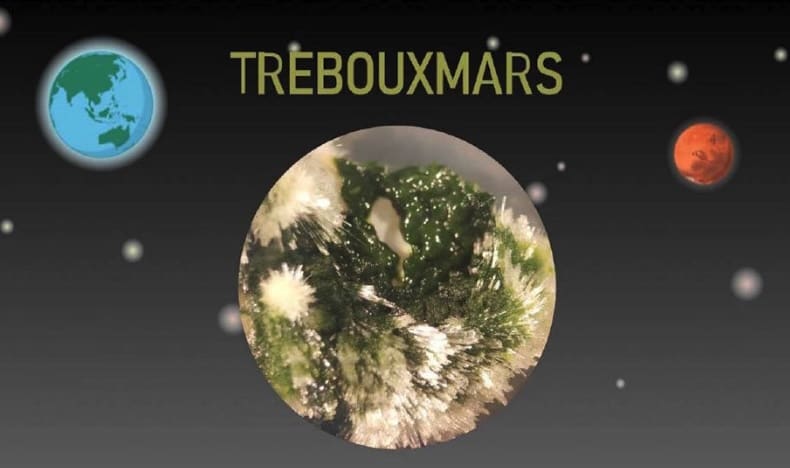Growing Trebouxiaceae Algae on Mars

It’s a long way to Mars, and explorers headed there will either have to take enough food and supplies to last the whole trip or use in-situ resources to make what they need. A recent ESA Discovery project led by the Universitat de València explored whether microalgae extracted from lichen — Trebouxiaceae — could survive on Mars and be used to produce oxygen, food, and other useful substances.
Although lichens look like single organisms, they contain two or more species living cooperatively together. Each lichen contains a fungus (the mycobiont) in a symbiotic relationship with at least one organism that can photosynthesise (a photobiont) — a green microalga or a cyanobacterium.
Some lichens can survive extremely challenging conditions, including exposure to the space environment. The same applies to the microalgae they contain, which can be extracted and cultivated independently, in a liquid or solid medium. It’s possible, therefore, that they could survive and thrive under Mars conditions and be used to produce resources to support a human presence.
